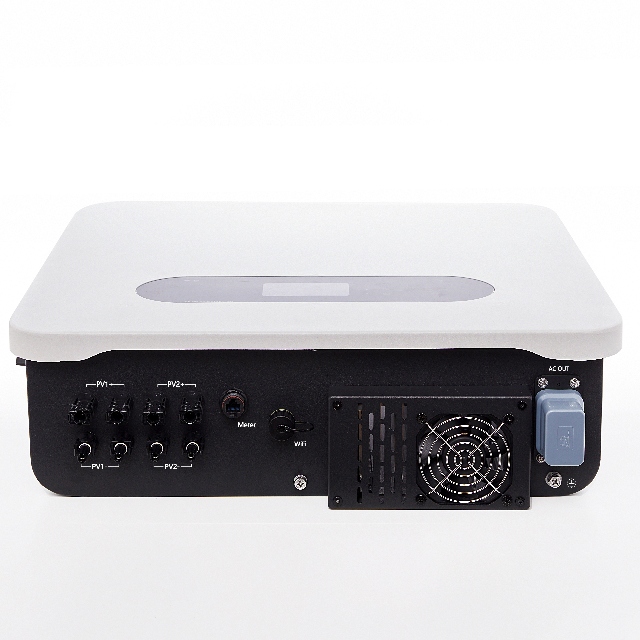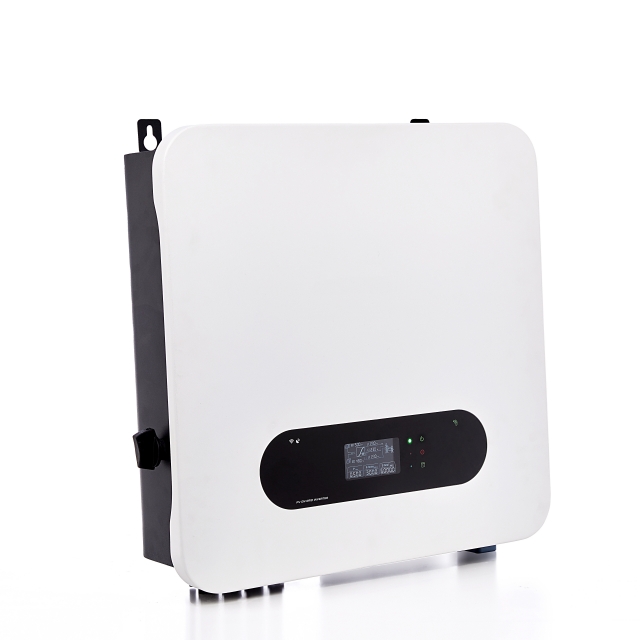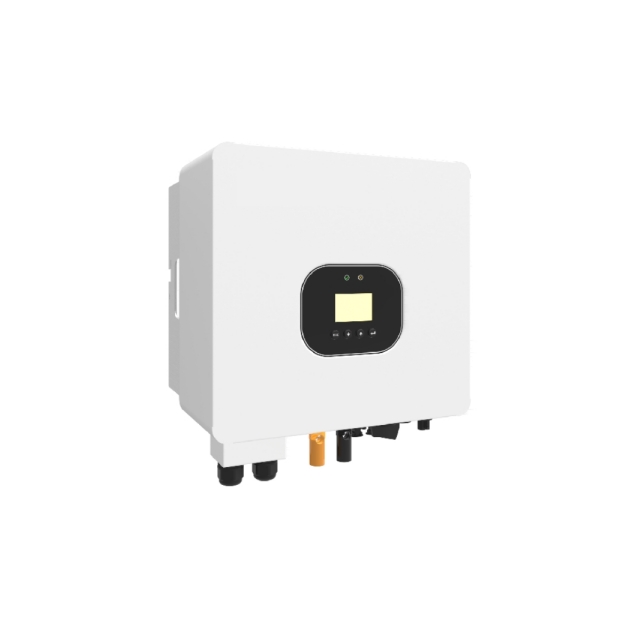Author:BLD Solar Energy SystemFROM:Solar System Converter Manufacturer TIME:2024-03-01
Introduction:
The solar energy industry has been rapidly growing in recent years, with an increasing number of individuals and businesses opting for solar power systems. One crucial component of these systems is the hybrid solar inverter, which plays a vital role in converting the DC electricity produced by solar panels into AC electricity that can be used to power homes and commercial buildings. This user guide aims to provide a comprehensive overview of the hybrid solar inverter and its functionalities, helping users understand and effectively utilize this technology.

A hybrid solar inverter is an electronic device that combines the functions of a grid-tied inverter and a battery inverter. It is designed to manage the flow of electricity between the solar panels, batteries, and the electrical grid. By integrating energy storage capabilities, hybrid solar inverters enable users to store excess solar energy generated during the day and use it during times when the solar panels are not producing enough electricity, such as at night or during cloudy weather.
These inverters employ advanced algorithms and control systems to intelligently switch between different power sources, optimizing energy usage and providing a seamless transition between grid power and stored battery power. This not only maximizes self-consumption of solar energy but also provides backup power in the event of a grid outage.

2.1 Efficient Energy Conversion:
A high-quality hybrid solar inverter ensures efficient conversion of DC power from solar panels into usable AC power, minimizing energy losses and maximizing system performance. Look for inverters with a high conversion efficiency rating, as this directly impacts the overall energy production of the system.
2.2 Battery Management:
The battery management feature of a hybrid solar inverter is crucial for optimizing energy storage and usage. It monitors the state of charge, voltage, and temperature of the batteries, ensuring they are operating within safe limits. Additionally, advanced inverters offer various battery charging modes and customizable settings to suit different user requirements.
2.3 Smart Grid Interaction:
A hybrid solar inverter should have the capability to interact with the electrical grid intelligently. This includes features such as grid feedback control, which allows surplus energy to be fed back into the grid, reducing electricity bills through net metering or feed-in tariffs. Furthermore, advanced inverters can communicate with external monitoring systems and provide real-time data on energy production, consumption, and grid interactions.

3.1 Proper Installation:
Installing a hybrid solar inverter requires professional expertise to ensure optimal performance and safety. It is essential to engage a qualified installer who can assess your specific requirements and configure the system accordingly. Follow the manufacturer's guidelines and local electrical codes during the installation process.
3.2 Regular Maintenance:
Maintaining the hybrid solar inverter is relatively simple but important for its long-term reliability. Periodically inspect the inverter and clean any dust or debris that may accumulate on its surface. Ensure proper ventilation to prevent overheating. Regularly check the battery connections, if applicable, and monitor the system's performance using the provided monitoring tools or software.
Conclusion:
In conclusion, the hybrid solar inverter is a vital component of any solar power system, offering efficient energy conversion, battery management capabilities, and smart grid interaction. By understanding its functionalities and key features, users can harness the full potential of solar energy, reduce electricity costs, and contribute to a more sustainable future. Proper installation and regular maintenance are essential to ensure the smooth operation of the hybrid solar inverter and maximize its lifespan. Embracing this technology enables individuals and businesses to become active participants in the renewable energy revolution.
